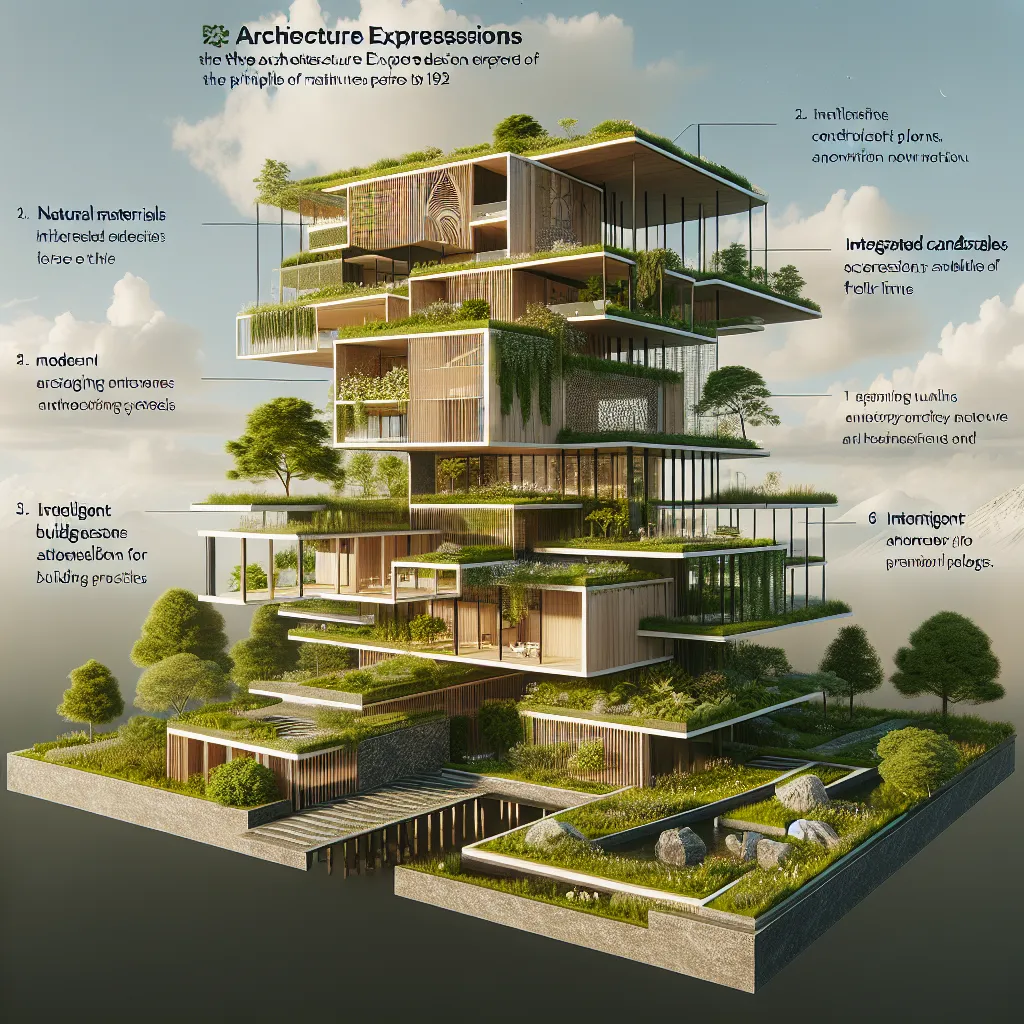How to Implement Sustainable Building Practices with Technology
 Quantum Cyber Solutions
Quantum Cyber Solutions
Published on
Sunday, December 17, 2023
How to Implement Sustainable Building Practices with Technology
===================================================================
Authors

Name
Con Tech News
Twitter
Introduction
Welcome to an exciting frontier! Technology is not just a buzzword anymore; it’s an enabler of our dreams for a sustainable future. Building practices, which once seemed rigid and environmentally taxing, are transforming thanks to innovative tech. This blog post will dive deep into how technology is reshaping sustainable building practices—making our environments healthier, our buildings smarter, and our carbon footprints smaller.
The Core Principles of Sustainable Building
Before we delve into technology, let’s align on what sustainable building practices encompass:
- Energy Efficiency: Opting for solutions that minimize energy consumption.
- Resource Conservation: Utilizing renewable or recycled materials.
- Environmental Protection: Reducing emissions and waste.
- Healthier Living: Creating safe and healthy indoor environments.
Smart Building Materials
Photovoltaic Glass
Imagine windows that generate electricity! Photovoltaic glass integrates solar cells into its structure. Perfect for skyscrapers, this technology turns facades into power generators without compromising aesthetic appeal.
Self-Healing Concrete
Traditional concrete is prone to cracks, leading to structural weaknesses over time. Enter self-healing concrete, which utilizes bacteria encapsulated in microcapsules. When cracks form, these capsules break open, bacteria metabolize calcium lactate, and voila—calcium carbonate (limestone) fills the cracks, extending the lifespan of the structure.
Energy Management Systems
IoT and Smart Grids
The Internet of Things (IoT) is revolutionizing energy management in buildings. Smart meters, sensors, and connected devices provide real-time data on energy consumption, enabling precise adjustments. Furthermore, smart grids distribute energy more effectively by integrating renewable resources like wind and solar power, ensuring a balanced energy supply.
Building Management Systems (BMS)
A BMS utilizes software and hardware to monitor and control building systems like HVAC, lighting, and security. Through IoT and AI integration, a BMS can autonomously optimize energy usage, reduce waste, and even predict maintenance needs, ensuring the building operates efficiently.
Water Conservation Technologies
Greywater Recycling Systems
Why waste water when you can reuse it? Greywater systems collect "gently used" water from sinks, showers, and laundry, treat it, and reuse it for irrigation or flushing toilets. This technology drastically reduces water usage, making buildings more sustainable.
Rainwater Harvesting
Combining simple collection systems with advanced filtration technology, rainwater harvesting captures and purifies rainwater for various uses. Smart sensors can monitor water levels and quality, ensuring that this precious resource is used efficiently.
Waste Reduction Innovations
3D Printing in Construction
3D printing isn’t just for small models—entire buildings are being printed! This technology allows for precision in material usage, significantly reducing waste. Moreover, recycled materials can be used for printing, contributing to resource conservation.
Modular Construction
Prefabricated modular units can be assembled with minimal waste. These units are built in a controlled factory environment which ensures precision and reduces resource consumption. Additionally, modular buildings can be disassembled and moved, minimizing demolition waste.
Sustainable Insulation Materials
Aerogel Insulation
Aerogels are among the world’s lowest-density solids, providing exceptional insulation. Used in aeronautics and now buildings, aerogel insulation provides superior thermal protection with minimal material usage, enhancing energy efficiency.
Wool Insulation
Natural and renewable, wool insulation offers excellent thermal and acoustic properties. Unlike synthetic materials, wool can absorb and release moisture without compromising insulating performance, contributing to healthier indoor environments.
Renewable Energy Integration
Solar Thermal Systems
Beyond photovoltaic cells, solar thermal systems capture sunlight to produce hot water and space heating. These systems are highly efficient and can be integrated seamlessly with other renewable energy sources.
Wind Turbines
Small-scale wind turbines can be installed on or near buildings, particularly in windy areas. Advances in design and materials mean these turbines are more efficient and quieter than ever before.
Conclusion
Technology is unlocking the potential of sustainable building practices, making what was once aspirational now achievable. From smart materials and IoT-enabled energy management to water conservation and renewable energy integration—each innovation brings us closer to a greener, more efficient future.
So, whether you’re an architect, a builder, or an eco-conscious individual, embracing these technologies will pave the way for a sustainable tomorrow. Let's build a better planet, one smart and sustainable structure at a time!
Ready to leap into the future of sustainable building practices? Share your thoughts and innovations in the comments below, and don't forget to subscribe for more tech-forward insights!
Discuss on Twitter • View on GitHub
Tags
Previous Article
Mastering RedTeam for Construction Project Execution
Next Article
The Revolution of 3D Printing in Construction: Lower Costs, Faster Builds
Subscribe to my newsletter
Read articles from Quantum Cyber Solutions directly inside your inbox. Subscribe to the newsletter, and don't miss out.
Written by
